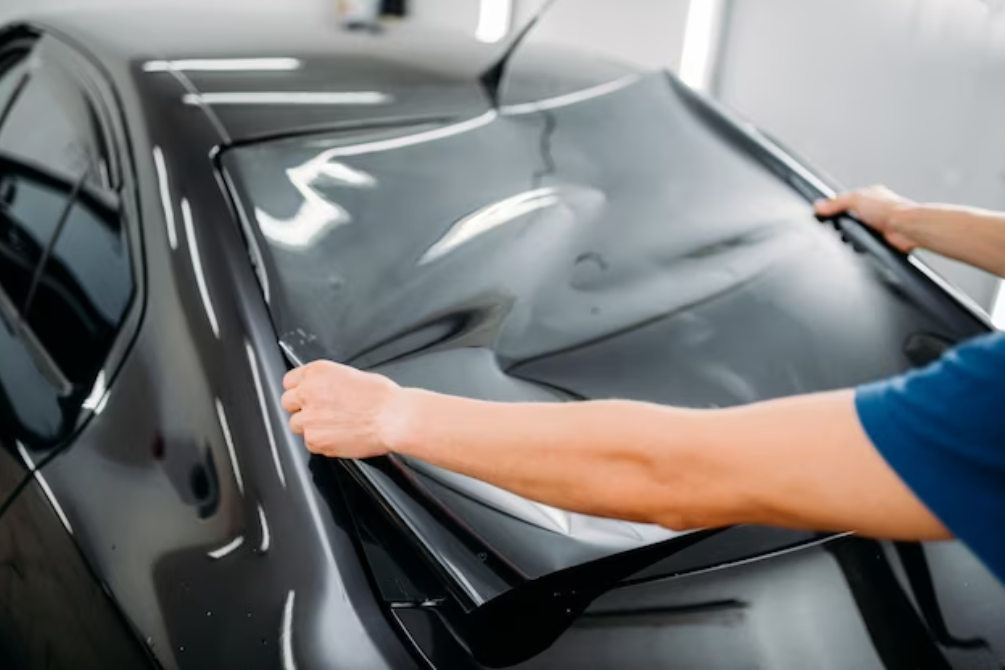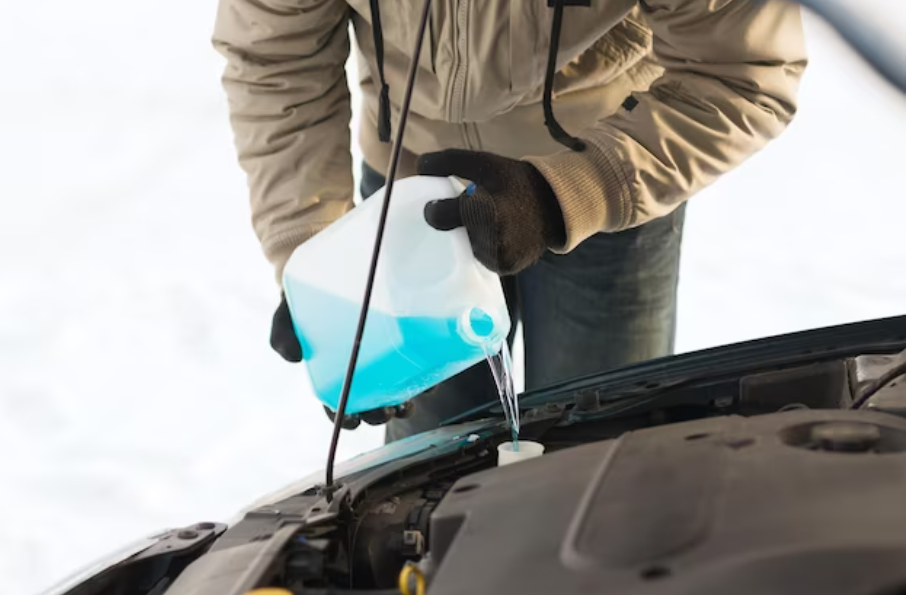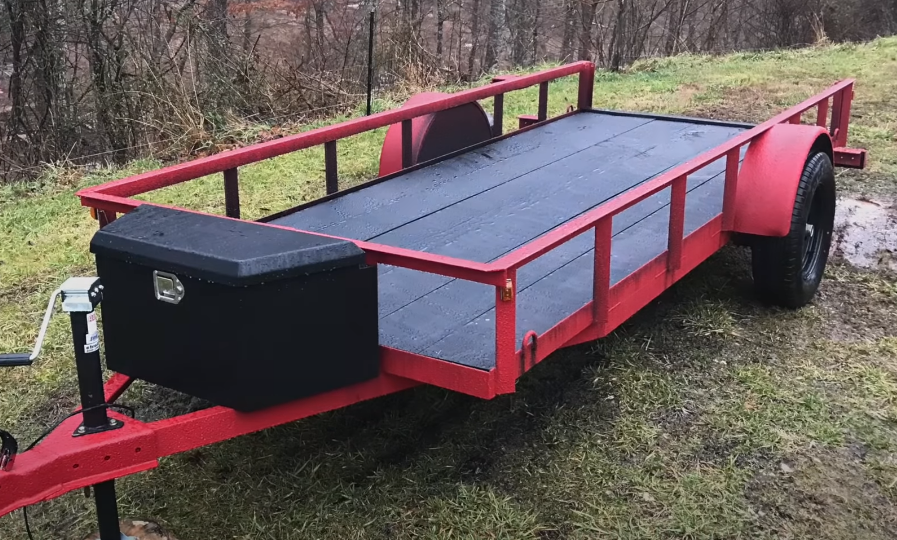How To Replace Your Car's Fuel Filter?
Replacing your car's fuel filter is an essential part of regular vehicle maintenance that ensures your engine runs smoothly and efficiently. Over time, the fuel filter can become clogged with debris and contaminants, which can restrict fuel flow and reduce engine performance. By learning how to replace the fuel filter yourself, you can save money on mechanic fees and ensure your car continues to operate at its best.
This guide will walk you through the process step-by-step, making it easy for even novice car owners to perform this vital maintenance task.

What Are The Functions Of A Fuel Filter?
Modern car engines contain precise, high-tech parts that are very sensitive to contamination. Even small amounts of dust, rust, or dirt can cause significant damage. These contaminants can enter the fuel tank during refueling and harm fuel injectors and other components, leading to expensive repairs.
The fuel filter removes harmful contaminants before they reach the engine. Over time, pollutants accumulate in the filter, which is designed to handle this. However, if not replaced or cleaned regularly, the filter can become clogged and restrict fuel flow to the engine.

If the blockage becomes severe, the engine may struggle to produce enough power, potentially preventing the car from starting. Therefore, it's crucial to inspect the fuel filter regularly and replace or clean it as needed. Maintenance procedures vary by vehicle, so consult your owner's manual.
When you need a new fuel filter, enter your registration number or vehicle's make and model in our fuel filter section, and we'll show you compatible parts for your car.
A clogged fuel filter can make starting your engine difficult. While the engine might still start, the restricted fuel flow makes it harder to turn over.
Stalling During Operation
A partially blocked filter can interrupt the fuel supply, causing the engine to stall while driving. The car may start initially since there’s some fuel in the lines, but it will stall once that fuel is used up.
Engine Misfires and Rough Idling
Low fuel pressure from a clogged filter can lead to engine misfires and rough idling. You might also see a warning light on the dashboard.
Decreased Engine Performance
A clogged fuel filter can lead to poor engine performance, causing the vehicle to sputter at low speeds and struggle to accelerate. This problem is more noticeable when driving uphill, where more fuel is required. If your vehicle lacks power during acceleration or on hills, a dirty fuel filter may be the culprit.
Additional fuel system failures
A dirty fuel filter can restrict the fuel flow, causing the fuel pump to work harder and potentially fail prematurely due to the added stress.

For cars with a replaceable fuel filter, it’s recommended to change it every three years or 30,000 miles, whichever comes first. However, this interval can vary depending on the make and model of your vehicle, so it’s best to consult your owner's manual.
If you notice symptoms of a blocked fuel filter, you should replace it sooner. Delaying the replacement can cause the fuel pump to work harder, increasing the risk of it wearing out or breaking, leading to more extensive and costly repairs. Therefore, it’s crucial to replace the fuel filter at the first sign of trouble.
Changing a fuel filter can be a straightforward task if you follow these steps. However, always consult your vehicle's owner's manual for specific instructions and safety information.
Tools and materials needed:
- New fuel filter
- Wrenches or socket sets
- Screwdrivers
- Safety glasses and gloves
- Rags or paper towels
- container to catch fuel
- Jack and jack stands (if necessary)
Step by step:
Safety First:
- Park your vehicle on a flat surface and engage the parking brake.
- Disconnect the negative terminal of the car battery to prevent any electrical sparks.
- Wear safety glasses and gloves to protect yourself from fuel spills.
Relieve Fuel System Pressure:
- Locate the fuel pump fuse in your vehicle's fuse box and remove it.
- Start the engine and let it run until it stalls, indicating that the pressure is released.
- Turn off the ignition.
Locate the fuel filter.
- The fuel filter is typically located along the fuel line, either near the fuel tank or in the engine bay.
- Consult your owner's manual to find the exact location.
Prepare for Fuel Spillage:
- Place a container or rags under the fuel filter to catch any spilled fuel.
Remove the old fuel filter.
- Use the appropriate wrenches or sockets to disconnect the fuel lines from the filter. Be careful, as some fuel may still be in the lines.
- Note the orientation of the filter for proper installation of the new one.
- Remove any mounting brackets or clips holding the filter in place.
Install the new fuel filter.
- Position the new fuel filter in the same orientation as the old one.
- Reconnect the fuel lines to the new filter, ensuring they are securely fastened to prevent leaks.
- Reattach any mounting brackets or clips.

Check for leaks.
- Reinstall the fuel pump fuse and reconnect the negative battery terminal.
- Turn the ignition to the "on" position (do not start the engine) to pressurize the fuel system.
- Check for any leaks around the fuel filter connections.
Test the installation.
- Start the engine and let it run for a few minutes.
- Inspect the fuel filter and connections again for any signs of leaks.
Disposal of the Old Filter:
- Properly dispose of the old fuel filter and any rags soaked with fuel according to local regulations.
What are the signs that my fuel filter needs replacing?
Symptoms include difficulty starting the engine, stalling while driving, misfiring or rough idling, poor engine performance, and other fuel system issues.
Can I change the fuel filter myself, or should I take it to a mechanic?
If you're comfortable with basic car maintenance tasks, you can change the fuel filter yourself by following the steps outlined in this guide. If not, it's best to take it to a professional mechanic.
What tools do I need to replace the fuel filter?
You’ll need a new fuel filter, wrenches or a socket set, screwdrivers, safety glasses, gloves, rags or paper towels, a container to catch fuel, and possibly a jack and jack stand.
Why is it important to relieve fuel system pressure before changing the filter?
Relieving fuel system pressure prevents fuel from spraying out when you disconnect the fuel lines, which is a crucial safety measure to avoid injury or fire hazards.
Replacing your car's fuel filter is a vital part of vehicle maintenance that helps keep your engine running efficiently. By following the steps in this guide, you can confidently perform this task and save on potential costly repairs. Regularly changing the fuel filter not only ensures optimal engine performance but also extends the lifespan of your fuel system components. Always refer to your vehicle's owner's manual for specific details and safety instructions. If you ever feel unsure, don't hesitate to seek professional assistance.
Click on the following link to read another blog post: How To Remove Tree Sap From Your Car?







.png)








